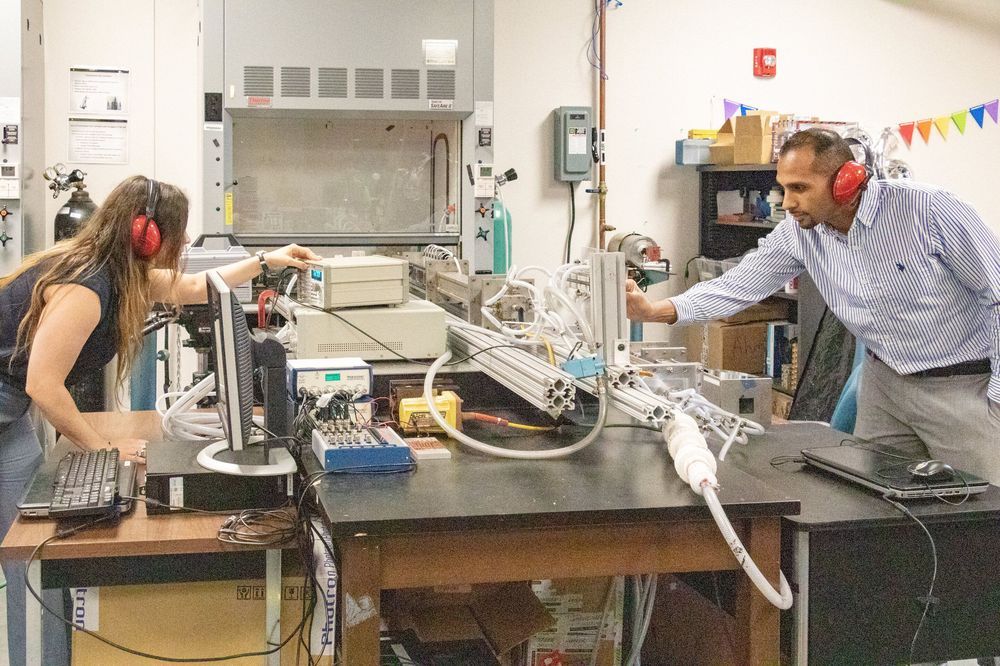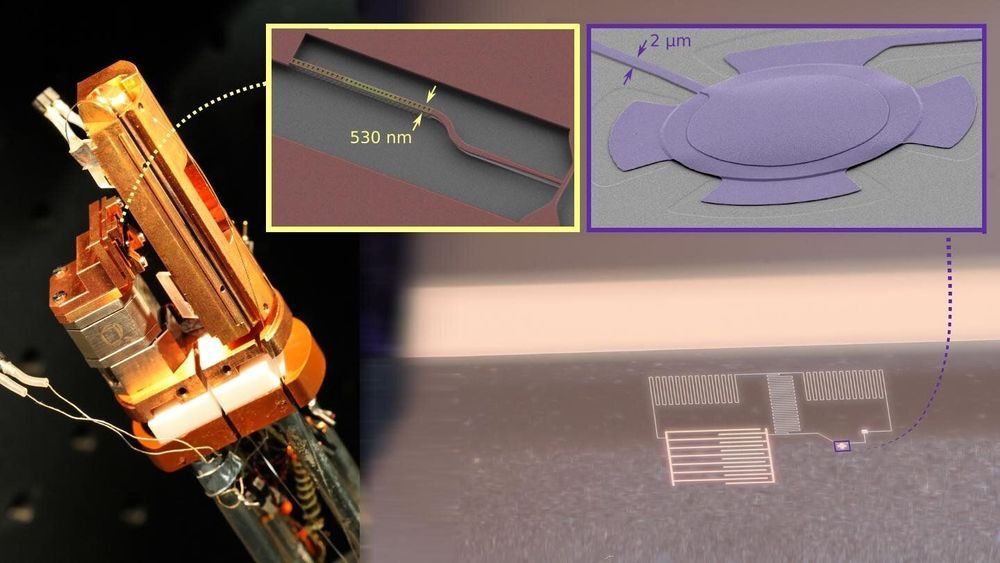THERE could be an infinite amount of universes and each person on Earth could exist in all of them, making slightly different decisions, a leading physicist has sensationally claimed.


An Oxford scientist claims a Nobel-Prize-winning conclusion is wrong.

The origin of the universe started with the Big Bang, but how the supernova explosion ignited has long been a mystery—until now.
In a new paper appearing today in Science magazine, researchers detailed the mechanisms that could cause the explosion, which is key for the models that scientists use to understand the origin of the universe.
“We defined the critical criteria where we can drive a flame to self-generate its own turbulence, spontaneously accelerate, and transition into detonation,” says Kareem Ahmed, an assistant professor in UCF’s Department of Mechanical and Aerospace Engineering and co-author of the study.

Astronomers studying black holes in our galaxy, the Milky Way, have discovered what they believe to be a new type of black hole. This previously unknown class of black holes could be smaller than others that were previously dubbed the smallest black holes.
The researchers were creating a black hole census when they made the discovery. Their finding, in addition to sharing a novel way to search for black holes, published Thursday in the journal Science.
“We’re showing this hint that there is another population out there that we have yet to really probe in the search for black holes,” said Todd Thompson, lead study author and professor of astronomy at The Ohio State University.
STOMACH bloating is a recurring problem for many people in the UK, with symptoms persisting despite shunning certain culprits known to cause tummy grief. While avoiding certain foods can help to ease symptoms, other foods have been shown to soothe symptoms, including an exotic fruit.


While maybe not as riveting as your favorite movie, this video published by Amazon shows it’s current version delivery drone in action. It is worth noting that the takeoff and landings are on a identified platform landing areas. It also does not show the transfer of the items from pick-up to delivery but it does give you an idea of the flight pattern of the drone and the interesting way that it handles take off and landings.

EPFL researchers, with colleagues at the University of Cambridge and IBM Research-Zurich, unravel novel dynamics in the interaction between light and mechanical motion with significant implications for quantum measurements designed to evade the influence of the detector in the notorious ‘back action limit’ problem.
The limits of classical measurements of mechanical motion have been pushed beyond expectations in recent years, e.g. in the first direct observation of gravitational waves, which were manifested as tiny displacements of mirrors in kilometer-scale optical interferometers. On the microscopic scale, atomic- and magnetic-resonance force microscopes can now reveal the atomic structure of materials and even sense the spins of single atoms.
But the sensitivity that we can achieve using purely conventional means is limited. For example, Heisenberg’s uncertainty principle in quantum mechanics implies the presence of “measurement backaction”: the exact knowledge of the location of a particle invariably destroys any knowledge of its momentum, and thus of predicting any of its future locations.

I Believe it is the Sun-damaged parts of the body that cause the so-termed hives of Niacin. I knew this without seeing data on such I when taking my Niacin {even very small doses as I take averaging about 75 mg every other day} causes a disturbance in my eyes.
In a first-of-its-kind clinical report, retina specialists at the New York Eye and Ear Infirmary of Mount Sinai (NYEE) have shown that severe vision loss from a self-prescribed high dose of over-the-counter niacin is linked to injury of a specific cell type in a patient’s eye. The experts report that discontinuing the vitamin led to reversal of the condition and have published their findings in the fall issue of Journal of VitreoRetinal Diseases.
Niacin, also known as vitamin B3, is used for lowering hyperlipidemia or cholesterol and comes in prescription and over-the-counter forms; it can produce a rare toxic reaction called niacin-induced cystoid maculopathy, a form of retinal swelling.
“Just because nutritional supplements are available without prescription does not mean they are completely safe to use without supervision.” — Jessica Lee, MD